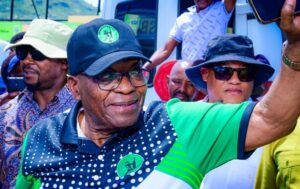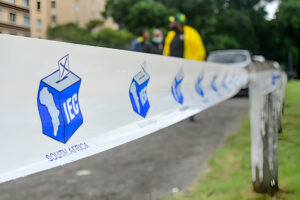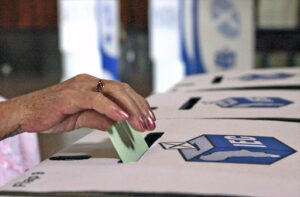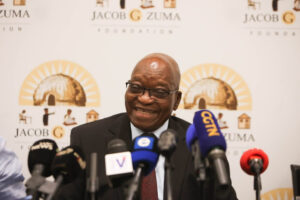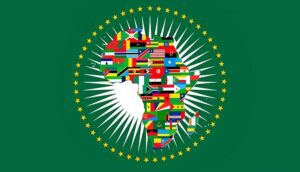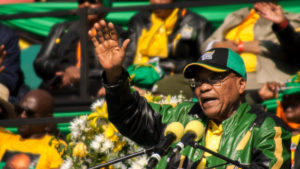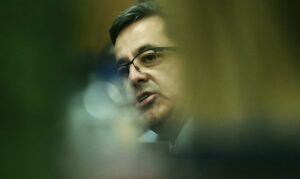Is the transparency of political donations a crucial element in fostering a fair electoral environment? Recent disclosures by the Electoral Commission of South Africa (IEC) shed light on the financial contributions received by various political parties during the third quarter, painting a vivid picture of the stakeholders influencing South Africa’s political scene. Among the noteworthy contributors to the emerging parties such as Rise Mzansi, ActionSA, and Build One South Africa (Bosa) are Rebecca Oppenheimer, Martin Moshal, and Victoria Freudenheim.
In a significant move, Chancellor House has extended a R10 million contribution to the African National Congress (ANC). The Patriotic Alliance (PA) saw generous donations from its leaders; Gayton McKenzie and Kenny Kunene contributed R2.7 million and R1 million, respectively.
Financial Contributions Overview
The landscape of political funding is diverse, as illustrated by the following table summarizing the donations:
| Political Parties | Donations Received |
|---|---|
| Rise Mzansi | R16.7 million |
| ActionSA | R13.9 million |
| ANC | R10 million |
| Bosa | R8.5 million |
| PA | R7 million |
| DA | R2 million |
| IFP | R191,000 |
| EFF and others | No declarations |
Source: IEC
Rise Mzansi emerged as the top beneficiary with a R16.7 million donation, followed by ActionSA with R13.9 million, and the ANC with a substantial R10 million from Chancellor House. Other parties such as Bosa, PA, the Democratic Alliance (DA), and the Inkatha Freedom Party (IFP) also received notable financial support during this period.
Notable Donations and Donors
Rise Mzansi’s leader, Songezo Zibi, has openly acknowledged the financial backing their party has received, with the IEC confirming a significant R15 million from Oppenheimer. Oppenheimer’s history of contributions extends beyond Rise Mzansi, having previously supported the DA and ActionSA. For ActionSA, the largest donation of R7.4 million was courtesy of Freudenheim, with Moshal contributing R5 million. Bosa’s funding landscape also features substantial donations from various benefactors.
“Build One South Africa (BOSA) declared the fourth highest donation received valued at R8,500,000.00, which was all monetary in nature. The party’s highest donation was received from Jessica Bridget Slack Jell, valued at R6,000,000.00, followed by Martin Moshal with a donation of R2,000,000.00, and lastly, an entity named RTH Investments (Pty) Ltd with a donation of R500,000.00.
“All these donors are regular donors to various political parties in South Africa, inclusive of the DA and ActionSA,”
the IEC remarked, highlighting the pattern of ongoing support from these individuals and entities across the political spectrum.
The PA’s R7 million in donations includes significant contributions from McKenzie and Kunene, marking not the first instance of such support. Similarly, ActionSA’s leader, Herman Mashaba, has been known to fund his party. The ANC’s third-quarter funding came solely from Chancellor House, emphasizing the monetary nature of these contributions.
Looking Forward to the Elections
With the electoral campaign already underway following President Cyril Ramaphosa’s announcement that elections will take place on May 29, the disclosure of R59 million in total donations to seven political parties this quarter is timely. It not only underscores the financial dynamics at play in South Africa’s political landscape but also highlights the commitment of various stakeholders to their chosen parties.
The transparency facilitated by the IEC’s disclosures offers a window into the financial underpinnings of political campaigns, allowing for a deeper understanding of the forces shaping South Africa’s electoral future. As parties gear up for the upcoming elections, the role of financial contributions in enabling their activities remains a focal point of public interest and scrutiny.



